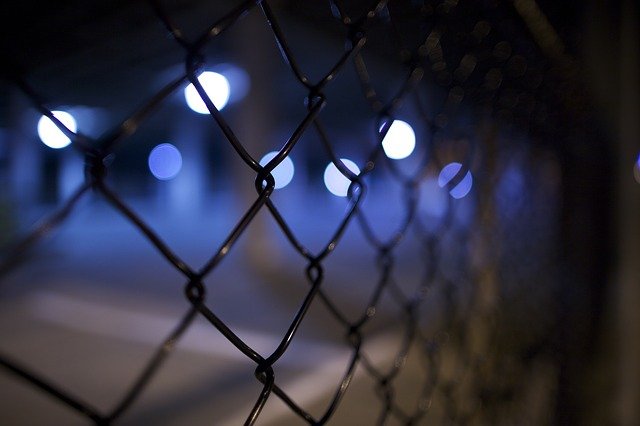
Globally, Situation Awareness Systems (SAS) are in high demand, and the market is growing rapidly. In fact, in 2015 alone the market for SAS globally reached $19 billion in value. The demand and market value are continuing to rise, with projects expecting a compound annual growth rate of 8.2% from 2016 through 2022. What does SAS involve? Why has demand for this type of security continued to rise?
What Is a Situational Awareness System?
An SAS security system involves a number of specialized components. For example:
- Surveillance collection – What, where, and how is surveillance performed?
- Visualizing security – Foreseeing future national and global conditions
- Data analysis – Statistically considering risks
- Surveillance storage – Maintaining surveillance for use in assessment, strategic planning, and other security needs
While this isn’t a comprehensive list of the elements of SAS, it helps you to appreciate the function of this vital part of military and corporate security systems. Primarily, SAS not only involves maintaining security in the present by means of surveillance, but also the concept of identifying threats, assessing security issues, strategic planning sessions, risk analysis, and development of a plan of action in case a sudden threat arises. Therefore, combating present threats is combined with foreseeing and planning ahead for future threats. This is more important in our modern world than ever before as global events continue to prove.
Why Is SAS in Demand for Surveillance and Security Systems?
The fact is that this is a comprehensive and effective way to plan for the future of security and surveillance systems. Whether businesses in industries such as aerospace are interested in protecting themselves from threats like theft and corporate espionage or military intelligence agencies are combating spies and global terrorism, it is clear to see why the demand for SAS is high.
It is no longer sufficient to simply think about today’s threats. Both defense agencies and corporations alike need to look toward the future both to foresee risks and to have a response prepared in case an unexpected event occurs. Governments are investing more money than ever in defense. In particular, threat identification and assessment are the keys to dealing with the unpredictability of the scourge of terrorism. This has placed the SAS market in a primary spot for ongoing global growth in order to support the international need for greater security measures to oppose threats.

 Virginia DCJS Private Security Services ID #11-6085
Virginia DCJS Private Security Services ID #11-6085